NASA has officially called upon companies to submit designs for a so-called U.S. Deorbit Vehicle (USDV) for the International Space Station (ISS). This pioneering spacecraft would have the crucial mission of safely bringing the ISS back to Earth, marking the ISS’s planned retirement.
The unprecedented project comes with an estimated price tag “a little short of about $1 billion,” as reported earlier this year by Kathy Lueders, NASA Associate Administrator for Space Operations.
Seeking Domestic Innovation
Although initial considerations revolved around employing Russian spaceships for this monumental task, NASA, in a strategic shift, opened the floor this month to proposals from U.S. industry. The deadline for these innovative submissions is set for November 17, following the initiation of the call for designs on September 20.
The ISS has been a symbol of international cooperation in space research since 1998. It’s managed and operated jointly by NASA, the Canadian Space Agency, the European Space Agency, the Japan Aerospace Exploration Agency, and Russia’s State Space Corporation (“Roscosmos”).
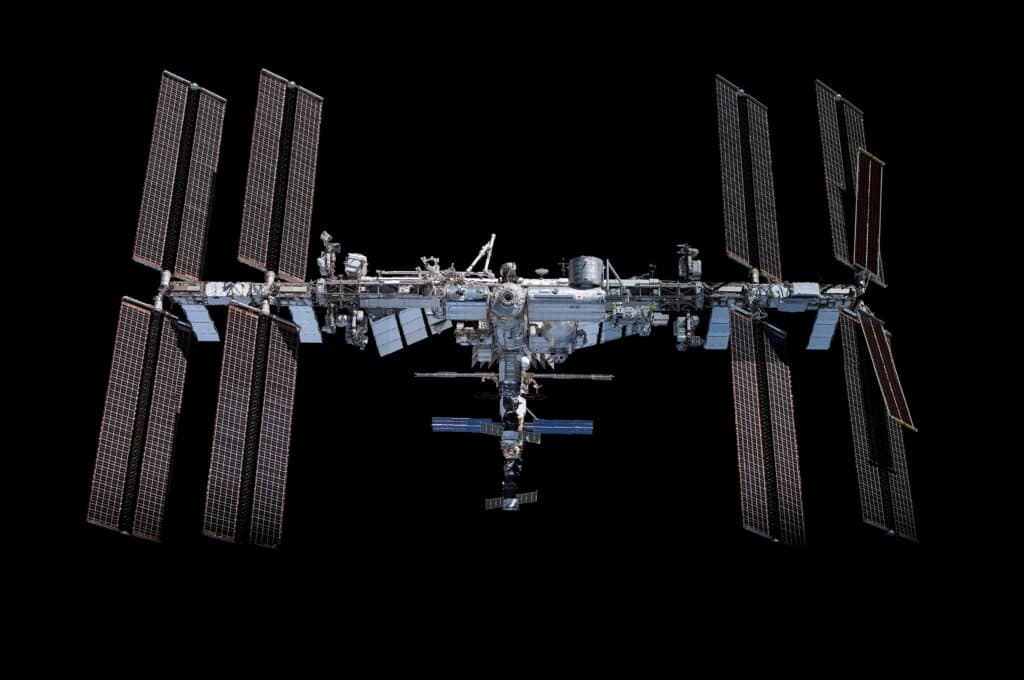
The USDV is being designed to carry out the last and most crucial step in bringing the space station back to Earth. This vehicle could be a completely new design or a modification of an existing one. It’s essential that this vehicle works perfectly on its first mission. It also needs to have backup systems and the ability to recover from unexpected issues to complete the critical task of initiating the final return of the space station to Earth.
NASA says that the primary objective during the space station deorbit operations is ensuring the ISS’s structure re-enters the Earth’s atmosphere responsibly. This means avoiding populated areas, and descending into an unpopulated ocean segment. Officials have created a plan to safely retire the space station. This plan combines a few steps:
- First, they’ll let the space station naturally lower its height in space over time due to gravity and the slight drag from the Earth’s outer atmosphere (this is called “natural orbital decay”).
- Second, they’ll use the space station’s onboard engines (referred to as “propulsive elements”) to intentionally lower its height in space even more.
- Lastly, they will carefully control the space station’s return to Earth (referred to as a “re-entry maneuver”) to make sure any pieces that break off during re-entry fall in a safe, uninhabited area (this is the “debris footprint”).
ISS Operational Transition
Each agency involved in the ISS program is responsible for controlling the hardware it contributes, working interdependently and relying on contributions from across the global partnership to function. The international commitment to operate the station is pledged through 2030 by the United States, Japan, Canada, and the participating countries of the European Space Agency (ESA). Russia has committed through at least 2028.
Post the ISS program, the U.S. foresees a transition in its operations in low Earth orbit to commercially owned and operated platforms. This will reinforce continued accessibility and presence in space for consequential research, technology evolution, and international partnership.
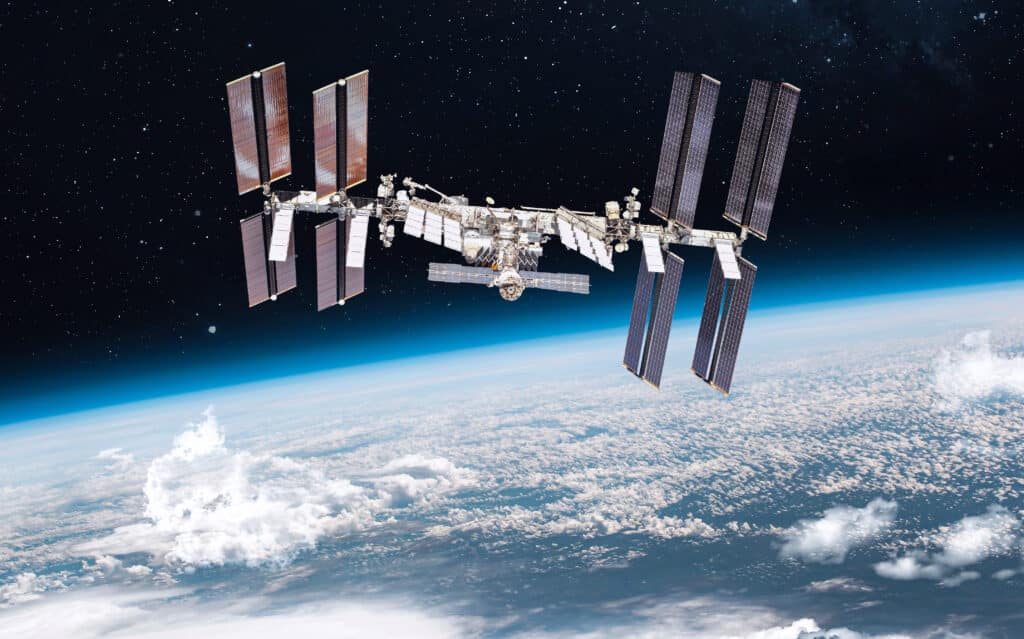
Future of Space Endeavors After International Space Station’s Return
As the ISS program nears its conclusion, the participating space agencies share the responsibility of safely deorbiting the station. The extensive developmental endeavor of the USDV is anticipated to span years, involving meticulous development, testing, and certification processes.
This new endeavor not only signifies a phase of transformation for international space agencies, but also underscores the acceleration of space technology and exploration. It will open new realms of possibilities and collaborations in the human journey to the cosmos. The upcoming proposals are poised to shape the next chapter in space operations, marking a controlled and responsible approach to concluding the longstanding mission of the International Space Station.
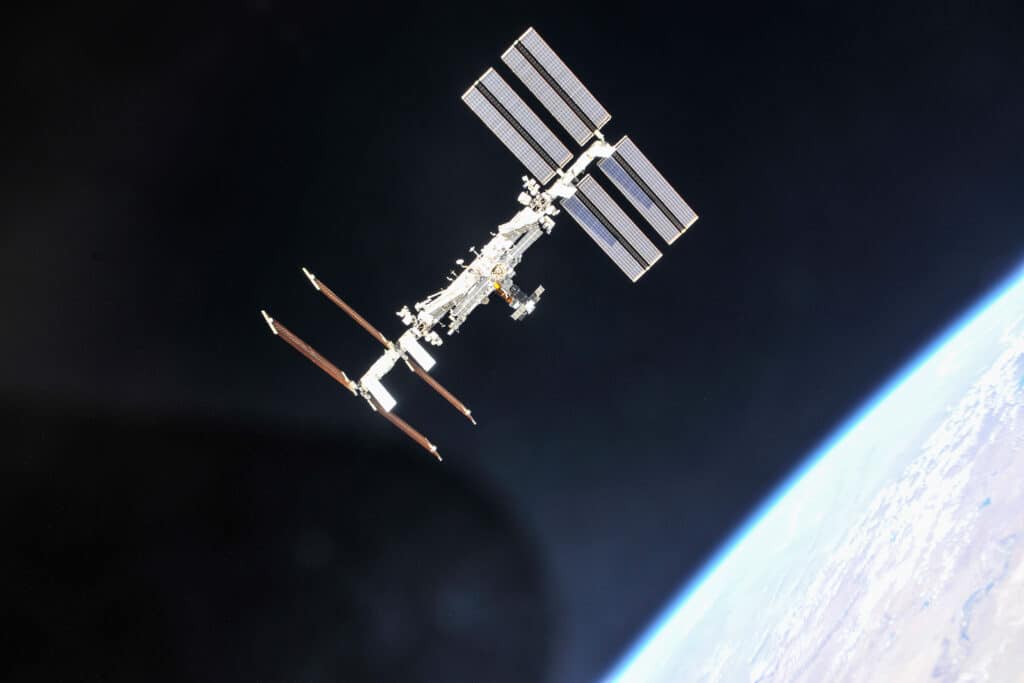

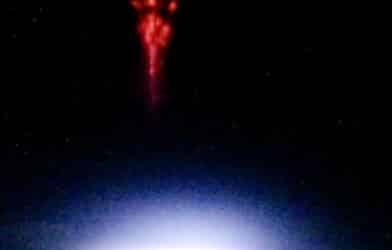
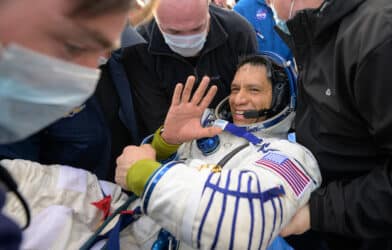
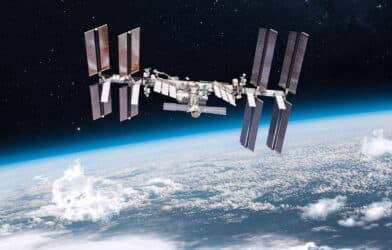
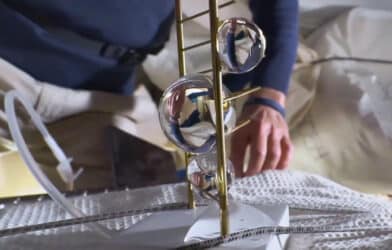







Instead of bringing the space station down to earth. Is it practical to send it to the moon?
Might be useful as a lab or emergency spares if needed
Lololol. They aren’t trying to bring it back to earth whole. They just want to make sure when it does fall to earth that it doesn’t hit anything important. The ISS will be destroyed in this process.
Wow!! Just throw it away!!! What about pulling it out away from earth. And put it around the moon??? By reusing it for moon base space station. Instead of paying hundreds of billions to build a new one.
Disconnect the Russian Segment let Russia deal with it with there new partners China!! Just seems a waste of good real estate. Or you could sell it to this billionaires and make a few billion to build the new gateway??? Ummmm that sounds good, but I get part of the 7% realtor fee!!! Thank just send by check send address later!
Thank you and no need to thank me.
Blake ☺️
Great Idea! 👍🏻
Seems like a waste to just trash it, and then just give the job to private companies to make a ton of money 💰. Like Space X does with Dragon capsule after retiring the Space Shuttle and didn’t have a viable replacement?
The space shuttle itself wasn’t a viable replacement for itself. NASA has even admitted that the space shuttles were inefficient, expensive, and wasteful.
Just push out into space bet it won’t cost a billion
The lack of orbital mechanics understanding is so painful that you might as well have suggested we send it another star system
That would be impossible without zero risk for hitting another satellite or worse creating a situation where the ISS breaks into a million pieces and destroys hundreds of satellites. Nope. Bad idea.
Great Idea! 👍🏻
Having it based on moon seems like 2nd best idea after having it sent back to earth.
Send it into the sun – that’s got to be cheaper.
Is it? Can you calculate the cost? Trick question, you can’t. If you knew how to calculate it, you wouldn’t have suggested anything so ridiculous. Going to the sun is incredibly expensive as we are in a very circularized orbit. The more elongated the orbit, the more you can efficiently adjust it at the periapsis or apoapsis.
I was thinking the same thing. Get it moving and let the suns gravity pull it in.
Just stop giving it fuel and it will fall. Done. Seriously. That’s it. Please follow my [content removed].
It looks like most people beat me to it. I would think that you could send some boosters up there. Develope some way for the boosters to fasten to craft and send it out of orbit rather than try to safely guide it to earth’s surface. I wonder if it has any nuclear components in it? Would be a shame if it were a “star falling into the ocean”
Why don’t they just modify the space station and send it too the moon. That might save a few bucks. And it’s as ready up there anyways
Depending on the internal mass from leftover construction, the ISS is a useful subject to tow as it mimics in a relatively harmless gravitational way the approach of a planet-killing asteroid. Yes, $1 billion sounds like a lot — but just being able to grab the station on the really harmless slow side would increase mission financials into a probable $4 billion profit. At that point, all the other orbiting material — “space junk” to live antisocial satellites — are fair game to take gently down instead of provoking companies who launched them by ripping them out of the atmosphere in other less pleasant ways. In short, we have progressed to developing a neat sort of tow truck — and think of the money such a humble thing pulls in when bad weather or failed mechanics or even fender benders take their toll. Don’t worry, look up the amount of derelict floating debris out there which has actual retail value still, and think of long-ago Arthur C. Clark’s tv show called “Salvage One” with Andrew Griffith as an enterprising independent astronaut in it for the money.